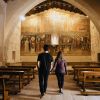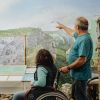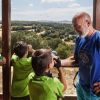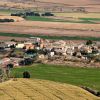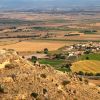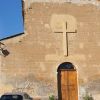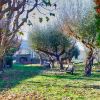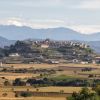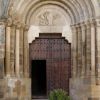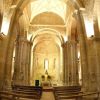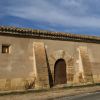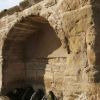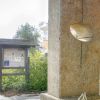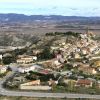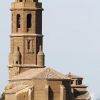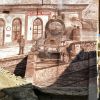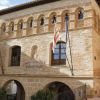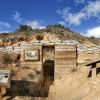PUEBLOS
Bierge
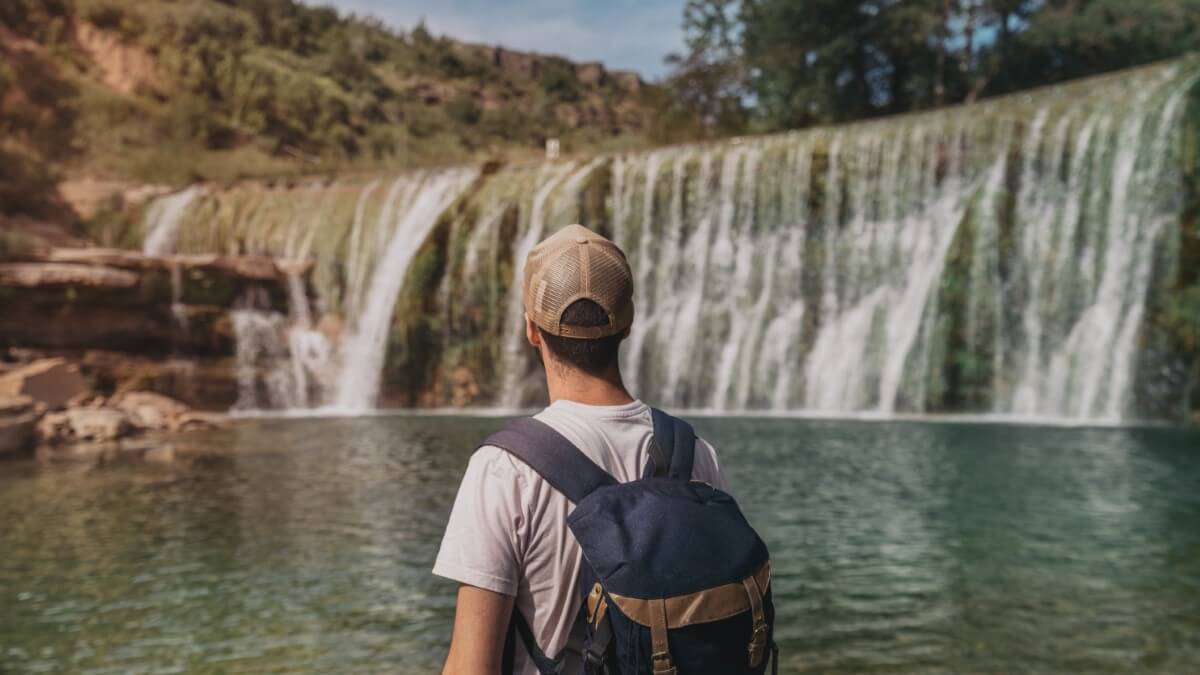
It is said that a castle once stood on the hill known as Mount Casallo, where the origins of the settlement of Bierge lie. The parish church dedicated to Santiago (St. James) is a 16th century renovation of an older church, with the Renaissance decoration of the doorway and the gallery of brick arches providing unmistakable chronological references.
Over time, the village extended down the lower slopes of the hills and onto the plain. Many of the houses display coats of arms, hinting at the noble fever that swept the area in the 18th century. They are often situated above beautiful open doorways, integrated in the form of large keystone and perfectly slotted into the arc of the semicircular door arch.
The chapel of San Lorenzo goes almost unnoticed among the houses of Bierge. On the 10th August children prepare a bonfire in the square to burn an effigy filled with straw. The villagers roast potatoes and eat them with anchovies and also enjoy peach with wine.
San Lorenzo, San Lorenzo,
en qué tiempo has venido,
en el tiempo de las uvas,
el melocotón y el vino
Morilla

Morilla belongs to the municipal council of Ilche. It sits on a plateau between Ilche and Monesma to the south of Somontano at an altitude of 350 metres.
This is a small village whose houses are made from the traditional materials of the area; brick and packed earth. (Packed earth, or tapial in Spanish, was obtained by compressing a damp mixture of earth that has suitable proportions of sand, gravel and clay).
The 17th century San Andres parish church was constructed in Baroque style from packed earth and large stone ashlars. Its single nave is covered with a barrel vault with lunettes. The bell tower, made entirely from brick, is unusual in that it stands apart from the tower.
The remains of the old castle that stood here between the 12th and 16th centuries can be seen on top of a small hill. It was known as the Gramapán or Morilla castle.
It celebrate its festivals for San Andrés, November the 30th.
Berbegal
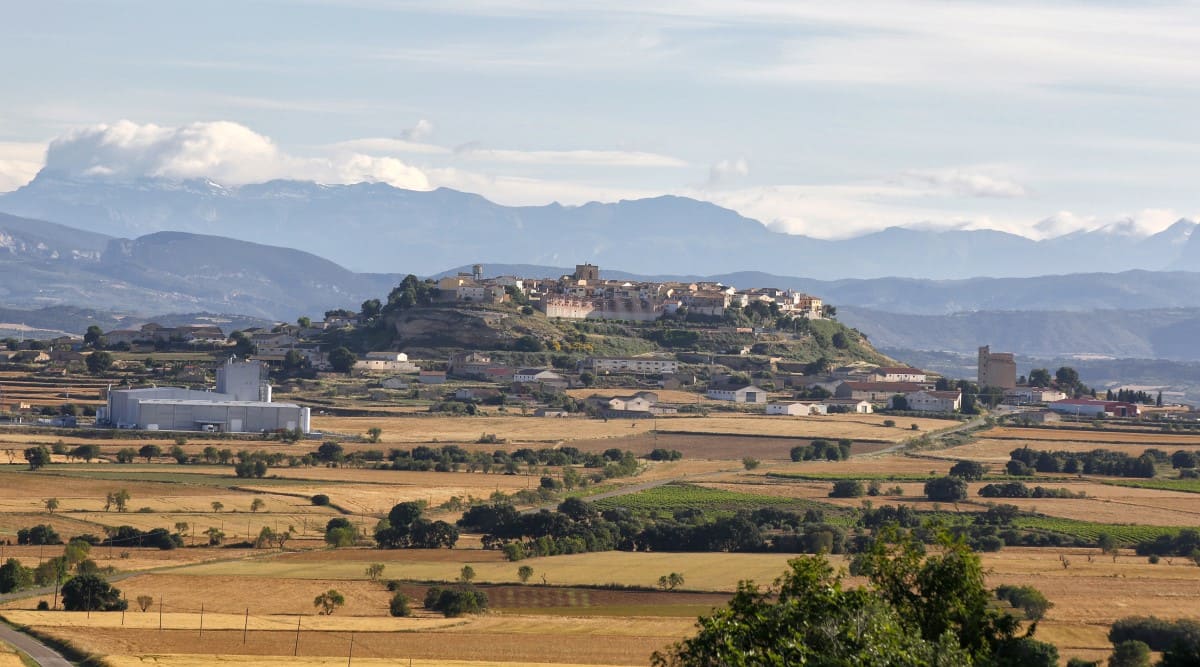
There are a number of curiously shaped stones near the village of Berbegal, such as Peñón de Muyed or Peña de Santa Águeda. (peña meaning crag.) According to legend they were menhirs, monumental megaliths sunk vertically into the ground, which were thought to have been used for rituals involving human sacrifice.
However the true origins of Berbegal are Roman. The presence of the road that joined the cities of IIerda (Lerida) and Osca (Huesca) favoured the creation of new settlements to service people using the route. These settlements included places such as the Roman Caum, which was located in the municipal district of Berbegal. Caum stood at a crossroads from where a subsidiary road left the main highway to reach the villages of Somontano.
The region of Berbegal was later part of Muslim Spain until 1088 when Sancho Ramirez claimed military occupation and partial repopulation of the area began. Free peasants settled in the area under the protection of castles such as Gramapán, which were being built alongside a number of beautiful Romanesque churches such as Santa Maria la Blanca. The old roman road was used throughout the medieval era and the troops of the infamous El Cid travelled its route at the end of the 11th century. Part of its course coincides with the pilgrimage Way of St. James (Camino de Santiago), which passes close to the Romanesque chapel of Santa Águeda.
The King of Aragon, Count of Barcelona and conqueror of Valencia and Mallorca, Jaime I counted on the support of the village during the first difficult years of his reign at the beginning of the 13th century. He needed the collaboration of the local people in order to stand up to Aragonese and Catalan factions who made and broke alliances to meet their own particular interests.
His appreciation of the support received was shown in privileges, special exemptions and the granting of a license for a fortnightly market. As a free village that did not belong to the nobility, the church or the crown, the authority of these royal privileges was confirmed in the centuries that followed by King Fernando “El Católico”, Carlos I and Felipe II.
In the 17th century, the growing tension between Catalunya and La Corona finally broke down into open war. The Aragonese people gave as much manpower and material resources as they could to help, despite their scant resources. Those hectic years were propitious as they brought about something that was rather uncommon; visits by King Felipe IV to Aragon and in particular to Berbegal. The village became an arsenal and barracks for imperial troops in their advance towards Catalunya.
The old village is variegated in appearance and was once walled with two entrances; one to the north and the other to the south. Many of the houses display heraldic crests revealing their important past. The village is built on sandstone rock a number of tanks and wells pit their surface, although the water from them tends to be rather brackish.
The Hospital Arch is all that remains of an old hospital that was once used by pilgrims. The old Town Hall is a noble building made of brick and skirted by a base of strong ashlars. It has 3 floors and is finished with the characteristic galley of pointed arches.
The Greenwich meridian is an imaginary line that serves to help man locate his position on earth and requires, among other things, the use of different time zones. This meridian, which passes through the English village of Greenwich, also passes through Berbegal and, because of this, the boundary path that circles the village, is known as the Meridian Path. The route boasts magnificent 360º views of Somontano and looks out over at least 70 villages.
Berbegal is also home to a stretch of the St James Way, which coincides in part with the old Roman road. This ancient route leads to the Santa Agueda chapel; a small Romanesque building (12th century) with a single nave and semicircular apse.
The chapel stands at a crossroads, around 3.5 km from Berbegal, where the road between Berbegal and Peralta de Alcofea crosses the Lagunarrota to Pertusa road. The 16th century San Gregorio fountain with its trough and washing area stands on the same site.
Castejón del Puente
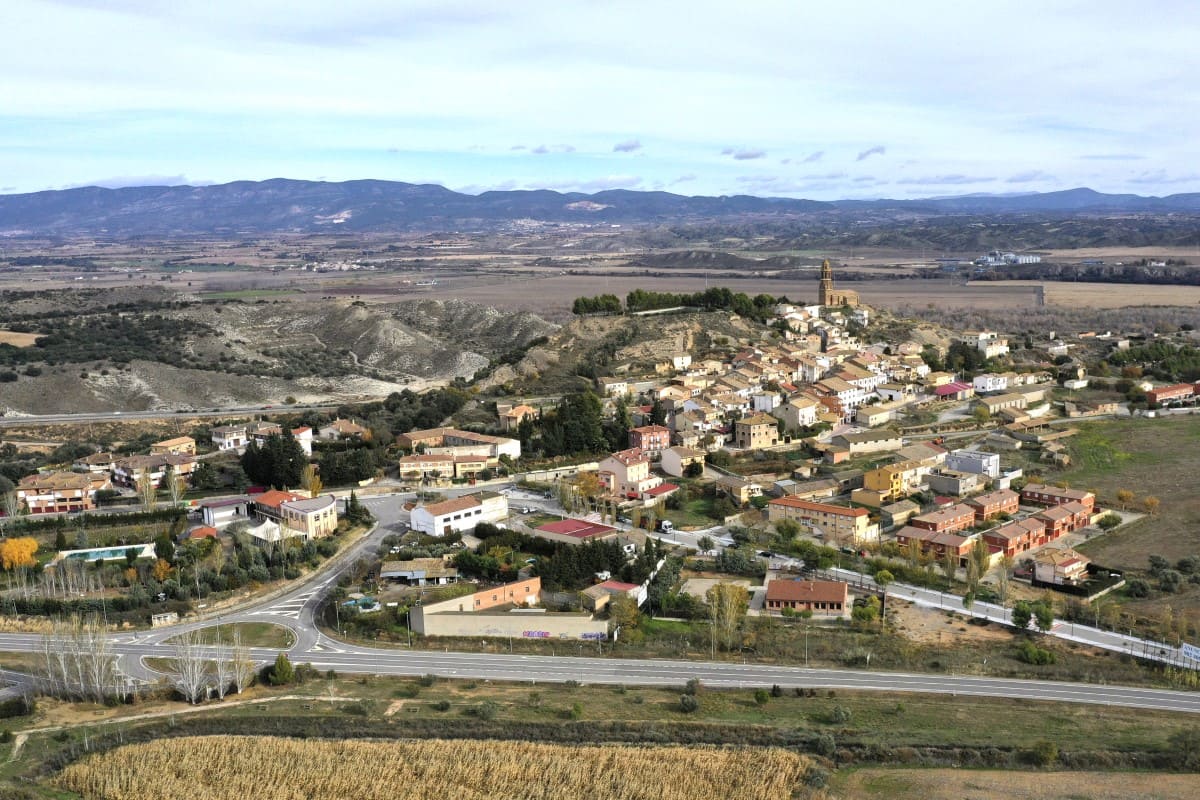
The village of Castejón del Puente sits on the right hand bank of the River Cinca. Although historically linked to the neighbouring region of Cinca Medio, it currently stands well within the Somontano boundaries.
Since Roman times, the village has been an important communication point between Levante and Cantabria. Because of this, history has left its mark as can be seen in the parish church, chapel, trenches, waterwheel and remains of an old bridge.
Castejón del Puente also boasts two areas listed in the national inventory of Places of Community Interest in relation to biodiversity of natural areas within the Natura 2000 Network. The Soto del Rio Cinca (riverside thickets) and the Cantiles de Yesos (cliffs) are home to a number of unusual species such as the otter, the Egyptian Vulture and the Freshwater Blenny. As well as the many aquatic species, herons and well fed white storks are just a small example of the rich and varied bird life of the area.
Holm oak forests, sparse slopes with typical steppe vegetation, fertile vegetable plots, thickets and meanders make up the varied landscape enjoyed by the residents of Castejón, with fishing (trout, barco, eel) and hunting (wild boar, quail, partridge, and rabbit) both being popular.




